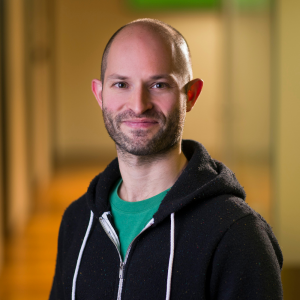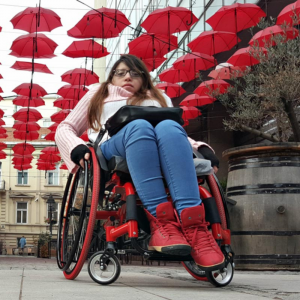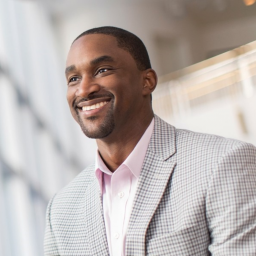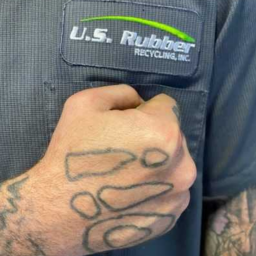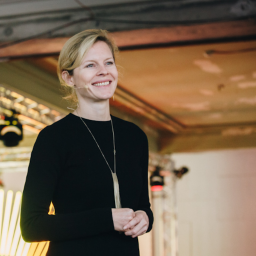How is social justice and the Circular Economy (CE) interconnected?
Some of the poorest people in the world work on the streets, from Bogota to Lusaka, picking up bottles, plastic, cardboard etc. for recycling/reuse yet are completely invisible and live under $2 a day. Global brands are pushing circularity and Extended Producer Responsibility (EPR) compliance but most of the focus is on the materials. Whilst that is critical, not a lot of attention is paid to the human element of these circular value chains.
Millions of people work in extremely hard and dangerous conditions in landfills across the globe picking up our waste. These incredible human beings, especially women, are marginalised and discriminated against because supply chains for recycling/reuse waste are fragmented. The middlemen – the processors and aggregators – get away with lack of transparency, traceability and equity. These waste-pickers are informal, and that informality leads to extreme poverty, gender inequity and in many cases forced child-labour.
What has been your experience in terms of the social impact a circular organisation can have throughout its stakeholder chain?
Organisations need to ask a simple question – “If our plastic yogurt cup is being recycled on the streets of Bogota or Bangalore, who is the waste-picker? Does the waste-picker get fair price and fair treatment? Can the waste-picker be bankable?” Frequently, social impact in circular organisations is shoved into a CSR or NGO bucket to “greenwash” the issue, and often organisations get away with the excuse of “we don’t know where our material comes from”.
In a typical PET, glass, HDPE etc. waste supply chain, the poorest are the tier T0. They sell to associations/cooperatives (T1) who then sell to aggregators/processors (T2) and materials can move upstream as return to brands (T3) etc. In this typical flow, the T0 and T1 tiers lose the most as they cannot prove they pick up the Danone yogurt cups or PepsiCo bottles.
Today, technologies like blockchain allow all tiers – T0, T1, T2….Tn – to be connected via a basic SMS message so there is no excuse a beverage company can use to say, “we don’t know who the waste-pickers are”. These organisations can have a massive social impact and meet ESG goals simultaneously if they are willing to bring traceability and transparency into their circular supply chains.
You talk about a ‘truly circular economy’ – what does that mean to you and where are the current gaps?
A truly circular economy is one where a mother waste-picker on the streets of Lusaka can be treated with dignity, respect and be bankable because she picks up the PepsiCo cans and Danone yogurt cups so we can have a better planet.
There are two major gaps in the current state of circular economies:
– The first gap is that brands are not taking their EPR seriously regarding the materials they are putting in the market. For example, single-use plastic and single-use glass account for the majority of the waste that goes to landfill today globally. If they truly support CE and actively want to reduce single-use, then they have to trace the value chain post-consumption. They have to know how much material is coming back from where and who is picking up the waste. Without auditable data, ESG goals are a pipe dream.
– The second gap is the human cost of the CE – the cost in terms of gender inequity, poverty and child labour. People and planet go hand in hand. There are not many organisations that are actively focusing on the last-mile-first-mile waste-picker who may be a single mother earning $2 USD a day by picking up PepsiCo bottles, but can never break the cycle of being discriminated against because her work is not bankable or recognised by the rails of our economy.
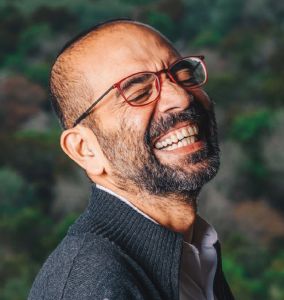
Ashish Gadnis, Co-Founder & CEO, BanQu
What can companies within the CE space do to support advances in health systems, wellbeing and human rights?
I believe it starts with mapping the post-consumption value chain of the CE. For example, cobalt – the mineral that powers most of our smartphones and EVs – is a limited natural resource. So, batteries are going to have to be recycled/reused. Millions of old phones are discarded every year and some of the poorest people in the world in countries like Nigeria and Bangladesh are sifting through garbage to find these batteries. They are doing an extremely hard and dangerous job.
Smartphone companies can do something about this, both at the battery level as well as the human impact level. Why not set up multi-tier value chains that are safe, traceable and transparent in a way that creates job opportunities for the poorest? The same goes for single-use plastic and glass. South Africa has approximately 60,000 informal waste-pickers. Brands like Coca-Cola have started using BanQu there to formalise the sector so they can ensure the economic wellbeing of the waste-pickers and prove the source of materials in their CE commitments.
What can we do to create more opportunities for disadvantaged groups to participate in the transition from linear to circular systems?
I think it starts with consumers taking the lead in asking “is this bottle recycled and did the value chain help create economic opportunities for the disadvantaged?” Brands have to provide proof. Otherwise, we are going to fall in the “feeling good about my Congolese coffee fair trade label” trap.
Technology has evolved and not knowing your farmer or waste-picker can no longer be an excuse. CE is one the biggest opportunities we have to create an equitable world and save our planet at the same time. The good news is that CE value chains exist today. But they are fragmented and for the most part the human factor is either ignored or invisible. Ocean plastic is a very good example. Thousands of the poorest work from dusk to dawn picking plastic on beaches from Mumbai to Mozambique. Do they get paid fairly? Can they get a bank account? Can they access credit? The answer is no. Yet, a lot of us will use a visor or wear sandals that say, “made from recycled ocean plastic”! It is time to transition to a CE that doesn’t leave the poorest behind.
How can the Circular Economy help communities, not only businesses, to become more resilient?
CE by definition is resilient if all stakeholders in the value chain are equitable and visible. As natural resources continue to diminish, we have to reuse, recycle and repurpose. This cycle will create new jobs, new economies and new technologies. Businesses cannot operate without communities and communities cannot be disconnected from the people who are marginalised.
A true CE will be traceable and transparent at the material and human level so that everyone can benefit. Going back to the T0, T1…Tn tiers example above, CE can unlock capital at T0 and T1 level. Often we see massive predatory lending or high interest rate fintechs charge to the poorest. This does not create economic resilience. Instead, it pushes these people further into debt.
If brands take their EPR responsibility seriously then the entire value chain will be resilient and create major opportunities for these communities. Institutions like IFC and World Bank need to look at all tiers of the CE seriously and unlock capital for the poorest. It can be done.
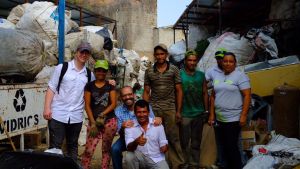
___
TO JOIN THE ‘Regenerate’ COMMUNITY of leaders championing the circular economy globally, APPLY TO BECOME A MEMBER OF MEANINGFUL BUSINESS HERE


